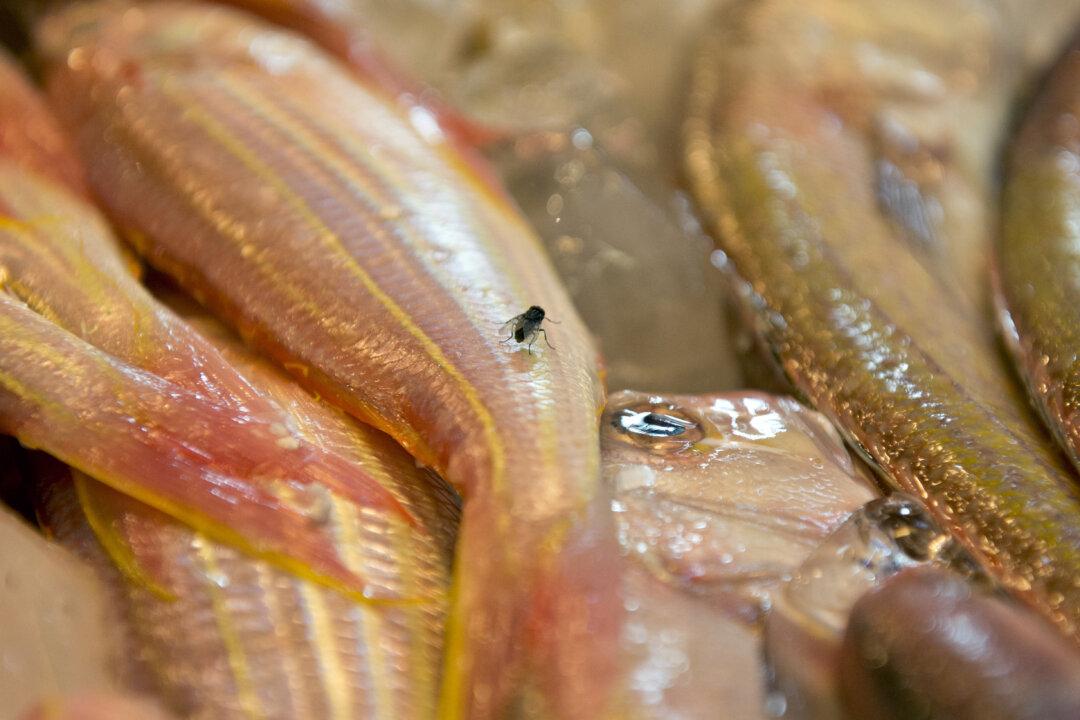In a squalid fish farm in Yangjiang, Guangdong, farmers fed tilapia fish with the feces of pigs and geese to lower the cost of production. Contaminated with bacteria like salmonella, the manure made the fish highly vulnerable to diseases. From this farm, Chinese exporters bought these tilapia for low prices to sell to U.S. companies.
This situation, as reported by Bloomberg Business in 2007, is not an exception: Chinese farmers often grow fish in filthy conditions, resulting in the need to use large amounts of veterinary drugs to ensure their survival. But these chemicals can leave toxic residues on the seafood people consume.
Mr. Zhang, a resident of Guizhou Province, said that after the reservoir behind his home was contracted out to fish farmers, they degraded it into a toxic waste dump by over-breeding fish with the liberal use of animal manure, fertilizers and antibiotics.






